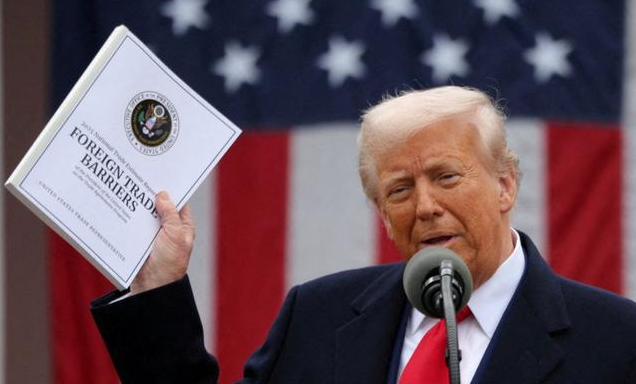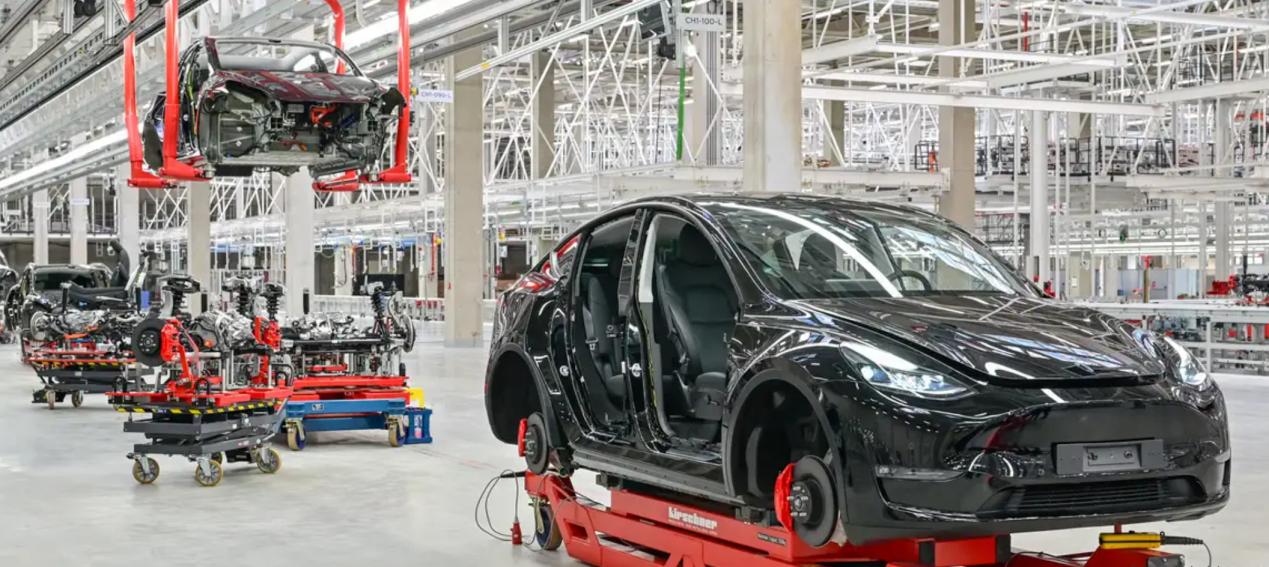
When BNP Paribas chief economist Isabelle Matsy-Lago warned in early May, the global economy had already fallen into a domino effect triggered by tariff policies. From Boeing's reduction of the 737 MAX delivery target to German auto giant Audi's announcement of 9,500 layoffs, multinational companies are adjusting their business plans at a record pace. This tariff experiment that began with the Trump administration is now pushing the global economy to the most dangerous critical point since the 2008 financial crisis.
The World Economic Outlook report released by the International Monetary Fund (IMF) in April revealed a set of disturbing data: the global economic growth forecast for 2025 has dropped sharply from 2.7% in January to 1.8%, a decline that even exceeded the forecast at the beginning of the Russian-Ukrainian conflict. The ripple effect of tariff barriers is spreading from manufacturing to the service industry. The US's 25% tariff on imported steel has caused General Motors to increase its North American production costs by $1 billion, while the EU's retaliatory tariffs on US agricultural products have caused France's dairy exports to fall by 17%.
The shock at the corporate level is even more severe. According to Bloomberg, 63% of the companies in the S&P 500 index have lowered their 2025 profit expectations, among which technology giant Apple has cut its global iPhone shipment target by 15%. In the field of e-commerce, the stagnant growth of Amazon Prime members has forced management to reassess its expansion plans in the Southeast Asian market. What is more alarming is that this uncertainty is inhibiting investment decisions - the World Bank model shows that every 1% increase in tariffs will lead to a 2.3% decrease in global foreign direct investment.
The Trump administration's tariff policy, which aims to "repatriate manufacturing", is actually creating new economic fault lines. Boston Consulting Group found that after the United States imposed tariffs on Chinese goods exported to the United States, only 14% of production capacity was successfully moved back to the country, while 67% of companies chose to transfer their supply chains to Mexico or Southeast Asia. This "fragmented" reorganization not only pushed up production costs (consumer prices rose by an average of 3.5%), but also broke the global industrial division of labor system established after World War II.
The reshaping of the geo-economic map is particularly significant. The Eurozone manufacturing purchasing managers' index (PMI) has been below the boom-bust line for six consecutive months, Japan's export orders fell 8.2% year-on-year, and emerging market countries are facing capital outflow pressure. South Korea's Samsung Electronics was forced to close its Shenzhen factory and transfer its memory chip production line to India. This decision reflects the systematic damage of tariff policies to the East Asian supply chain. The Bank for International Settlements warned that if trade frictions continue to escalate, global trade volume may shrink by 5%, comparable to the scale of the global trade collapse in 2009.
When corporate financial reports and economic indicators point to the risk of recession, the logic of the Trump administration's insistence on tariff policies is becoming increasingly fragile. IMF Chief Economist Pierre-Olivier Gurinchas pointed out that the culprit for the loss of manufacturing jobs is automation rather than globalization-for every industrial robot installed in American factories, 1.6 jobs are reduced, and tariff protection has failed to reverse this trend. The more far-reaching impact is that continued policy uncertainty is eroding the international reserve currency status of the US dollar. In the first quarter of 2025, the proportion of the US dollar in the foreign exchange reserves of global central banks has fallen to 58.4%, a 20-year low.
Solving the current dilemma requires a thinking paradigm beyond the tariff war. The Organization for Economic Cooperation and Development (OECD) recommends the establishment of a multilateral tariff coordination mechanism to balance environmental protection and trade goals through new tools such as carbon border adjustment taxes. At the same time, companies are accelerating their digital self-help: Tesla increased the production capacity of its Shanghai factory by 40% to cope with tariff costs, and Walmart used blockchain technology to optimize cross-border logistics between China and the United States. These micro-innovations may provide clues for breaking the macro-economy. Trump's tariff policy is like a costly economic experiment. When the red letters on the financial reports of multinational companies and the unemployment rate curve jointly outline the outline of recession, global decision-makers must face a cruel truth: in a new era where technological revolution and climate crisis are intertwined, using 19th-century trade tools to solve 21st-century problems will eventually lead all participants into a prisoner's dilemma. Breaking this self-limiting game requires wisdom and courage.

The global electric vehicle market in 2025 is experiencing intense turbulence. Tesla, once a disruptor that reshaped the industry landscape, is now mired in an unprecedented sales crisis.
The global electric vehicle market in 2025 is experiencing …
Recently, Chinese telecom companies Huawei and ZTE signed a…
Recently, according to Xinhua News Agency, Israel's air str…
A strongly worded report from the Equality Trust argues tha…
On November 27, 2025, Alibaba officially entered the global…
The focus of the global financial market in 2025 has always…